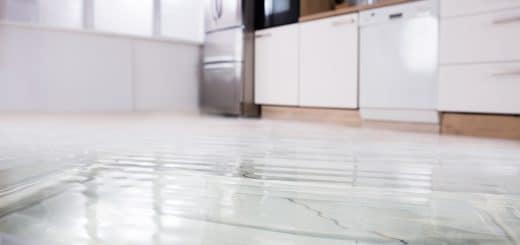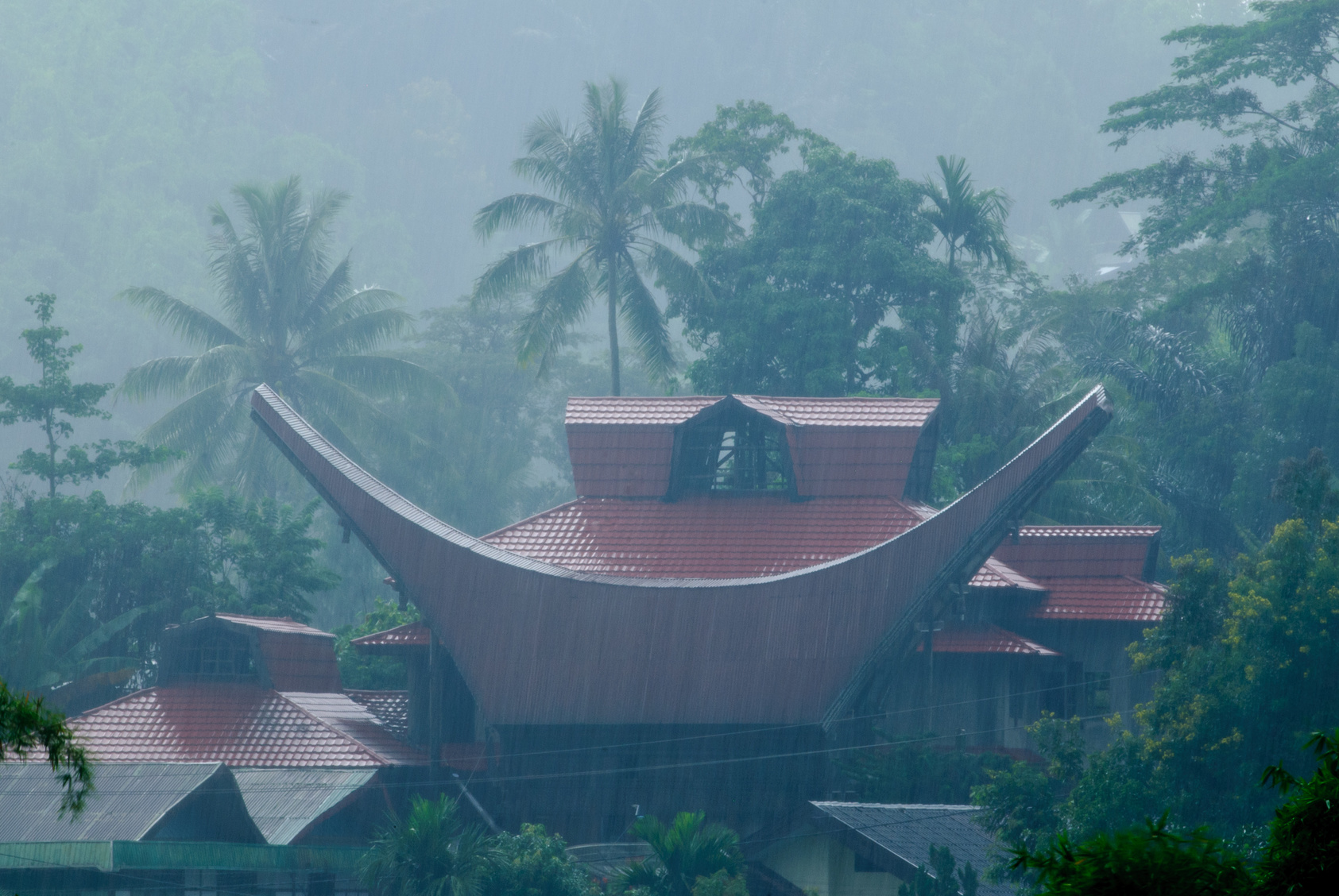How to Reduce Property Damage Caused by Summer Heat
Who doesn’t love summer with its long-awaited vacations, picnics in nature, and evening feasts on the open verandah ?! Alas, in many regions summer is marked by long periods of heat, when daytime temperatures stay at + 90 °F for weeks.
To prevent the exhausting heat from spoiling the impression of summer and causing great material damage, homeowners have to spend a lot on powerful air conditioning systems, which can be very expensive. Fortunately, homeowners have many ways to radically reduce costs and provide themselves and their households with a comfortable microclimate, no matter how hot it is outside. Let’s take a look at some of them.
1. Grow trees and shrubs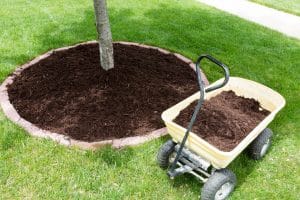
Trees and shrubs can help to create a comfortable microclimate. In the summer, they pleasantly shade the walls, preventing them from heating up and emitting stored heat at night, as happens with brick, concrete, and stone facades. In autumn and winter, the branches of plants stand without leaves, and the desired sun rays pass into the house almost unhindered. Choose the species you like and plant them around the house. Just, don’t forget to maintain and water them regularly, especially during the summer.
2. Make a light colored facade
As you know, dark surfaces under the sun’s rays heat up several degrees more than light ones. Therefore, in southern cities, the walls of most buildings are white. This does not mean lovers of spectacular decor in their quest for coolness should completely abandon bright colors on the facade. They are suitable for fragmentary design and will play the role of accent “spots.”
3. Choose safe thermal insulation materials
The lower the coefficient of thermal conductivity, the less the material conducts heat. From the variety of thermal insulation materials on the market, we distinguish two groups:
Foamed isolators (expanded polystyrene, penoizol, polyurethane foam, polyisocyanurate foam) are organic polymers. They are flammable and, under the influence of a flame, begin to emit toxic substances. Low-quality materials at room temperature gradually release monomers, often carcinogens.
Due to the extremely low vapor permeability of foamed insulation, the building needs constant ventilation – such materials are rarely used to insulate residential buildings.
Mineral fiber insulation (glass wool, stone wool) are based on inorganic fibers, which are responsible for their good elasticity, fire safety, and vapor permeability. They do not support combustion and do not impede the movement of water vapour through the building envelope.
Glass wool has a relatively low water resistance, which negatively affects its durability. Stone wool is made from natural stone and is characterized by high heat and sound insulation properties. This material is non-combustible (the melting temperature of the fibers is over 1800 °F) and safe – the best option for external and internal insulation.
4. Use special materials and technologies to insulate the facade
Insulation materials with different strength characteristics are produced for facades (depending on their purpose and installation technology). There are two optimal options for thermal insulation and decoration of facades.
“Insulation under siding”, when vinyl or wood siding is mounted on a wooden frame made of vertical rails attached to an external wall. So an air gap is obtained between the wall and the cladding – in the summer it serves as a buffer on the path of heat, and in the cold season, thanks to constant ventilation, it removes excess moisture from the structures.
For this solution to be durable, choose a material that can maintain its shape and thermal insulation properties for many years, for example, lightweight non-combustible stone wool slabs.
Plaster insulation system (a composite facade thermal insulation system with a plaster layer). It is suitable for those who are interested not only in a comfortable microclimate, but also in the spectacular appearance of the facade. This system consists of three layers:
Insulation, mounted directly on the wall with facade glue and dowels. For the strength and durability of the facade “pie”, it is optimal to use rigid heat-insulating stone wool slabs;
- a base plaster layer with a reinforcing fibreglass mesh recessed into it;
- decorative plaster that can be painted with facade paints.
5. Calculate the correct layer of thermal insulation material
In both cases of facade insulation, the effectiveness of the house insulation directly depends on the correctly selected thickness of the insulation layer. The heat engineering calculation is carried out by specialists based on local climatic conditions and heat losses occurring in the building envelope.
If you are planning to radically reduce the cost of air conditioning and heating at home, then you can focus on the experience in the construction of energy-efficient buildings, where the thickness of the thermal insulation layer is up to 300 mm for the walls and up to 500 mm for the roof.
6. Good insulation of the attic
On a hot summer afternoon, the most unpleasant place in the house is the rooms of the upper floor or the attic: due to the proximity of the roof, the rooms can heat up to + 40-50 degrees. Competent roof insulation is a must.
First of all, it is important to provide a continuous loop of thermal insulation without “cold bridges.” For this, both the roof slopes and its end parts – the gables, should be insulated. Lightweight non-combustible insulation plates must be installed between the rafters and from the side of the roofing, then the battens must be closed with a hydro-windproof membrane. To protect the material from condensation from the side of the room, it is covered with a vapor barrier film.
7. Choose a material with a low thermal conductivity for roofing
To reduce the load on the air conditioning system in summer, and the damage on the roof, think about the type of roofing in advance. The most popular material for pitched roofs now is metal. It is relatively cheap, durable (from 15 to 50 years), does not require massive roofing substructures, and has dozens of different colors. One problem is that under the direct rays of the sun, the roof of dark shades heats up a lot.
Another popular option is bitumen and fibreglass soft shingles. Since the thermal conductivity and heat capacity of organic material is much lower than that of steel, the material better protects roof structures from heat. Unlike metal shingles, soft shingles are not afraid of corrosion, and their service life is at least 20-30 years.
8. Install energy efficient window
In winter, most of the heat disappears through the window. In summer, the heat flow is in the opposite direction: hot air from the street continuously flows through the cracks in the windows, and the sunlight heats up objects in the rooms.
Energy-saving designs should replace the ancient windows with slits and split glasses. A window block made of a white plastic profile with an assembly width of at least 70–80 mm, into which a two- or three-chamber double-glazed window is inserted, is capable of protecting a house in the temperature range from -50 to +50 degrees.
To prevent hot sun rays from heating the room, one of the glasses in the glass unit must have a low-emission coating made of a thin layer of sprayed metal – it reflects the thermal radiation of the sun.
However, even the simplest and cheapest option – a polymer tinting film glued to the glass from the inside of the room – will surprise you with its effectiveness.
Regions with the hottest and longest summer season can learn from the experience of the Mediterranean countries and use lattice shutters, as well as awnings – special awnings that protect a window, balcony or glazed verandah from direct sunlight during the day, and can be rolled up in the evening. Another great solution would be good quality remote control blinds. They are durable, convenient for use and life-saving during long and hot summer days.
9. Consider a reliable ventilation system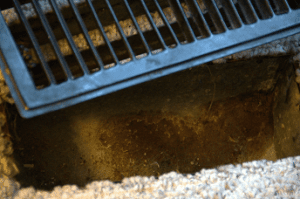
Periodic airing of the room is an effective method, but it is painfully tedious. There are good ventilation solutions with closed windows.
- Inlet wall valve (also known as air infiltration valve): This unit, mounted in a through hole in the outer wall, is a chimney equipped with a fan. One such valve can provide about 30–40 square meters of air.
- Air handling unit with a recuperator: This device distributes fresh air throughout the house using a duct network. At the same time, in the recuperator-heat exchanger, the temperature of the fresh and exhaust air flows becomes equal. That is, in winter, frosty air from the street without additional energy costs is heated to a comfortable temperature, and in summer, on the contrary, it cools down, which allows you to avoid discomfort and save significant money.
Conclusion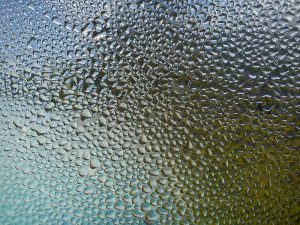
Do not think that special measures to protect houses from heat are vital only in the hottest regions of the country. There are periods when the high temperature lasts for a long time and negatively affects our well-being and wallet. It is advisable to think about the comfort in a house, including the sultry summer, during its construction or reconstruction, but for some changes it is never too late. Make sure to listen to our advice and from now on you’ll enjoy every summer.
You’ll also want to look out for mold growth or water damage from any summer time humidity. As the risk for these damages is highest in the summer time, be sure to stay on the lookout.
Also don’t forgot about those air ducts! As dust and debris can easily become caught within air registers and ductwork, a professional air duct cleaning can improve efficiency and reduce energy costs.










